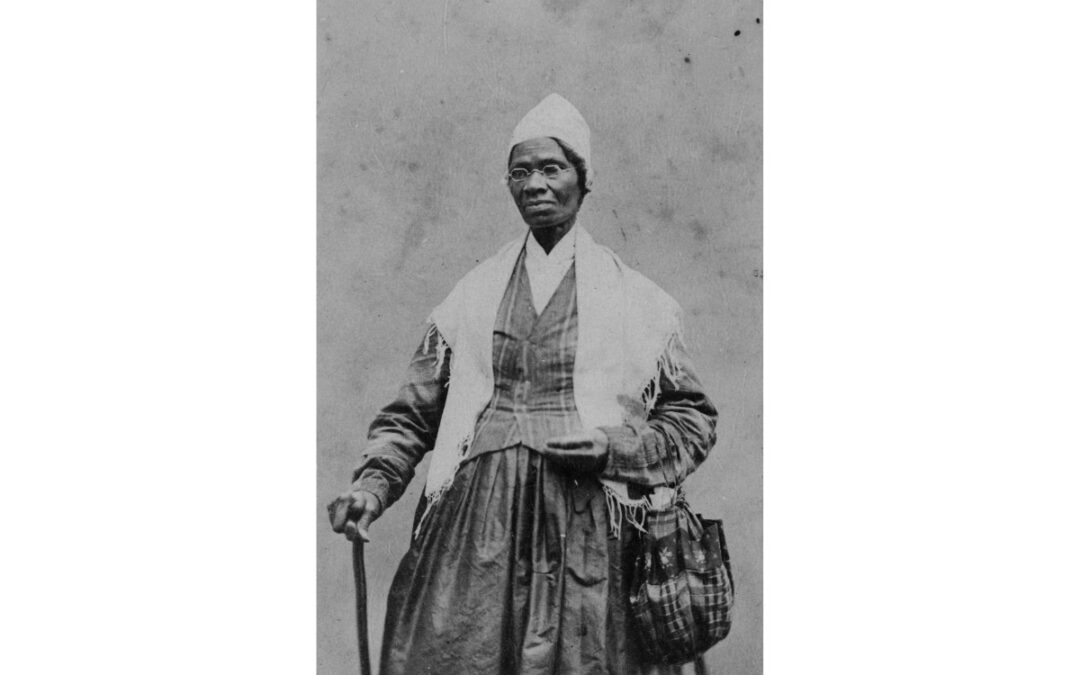
Dr. Martin Luther King Jr. during the "Walk to Freedom." (Source: Walter P. Reuther Library, Wayne State University)
Before the March on Washington, there was the Walk to Freedom.
The 1963 March on Washington—when an estimated 250,000 marched on the nation’s capital demanding an end to racial segregation—was arguably the most significant event of the civil rights movement.
The event is best known for Dr. Martin Luther King Jr.’s “I Have a Dream” speech.
What many folks don’t know is that earlier that summer, King was involved in a similarly sized march in Detroit, where he delivered an early version of the “I Have a Dream” speech. Let’s get into it.
Organizing the Walk to Freedom

Thousands rally against racial discrimination in downtown Detroit during the “Walk to Freedom,” June 23, 1963. (Source: Walter P. Reuther Library, Wayne State University)
In the spring of 1963, just at the peak of the civil rights movement, Detroit—like many cities across the US—was rife with racial inequalities against its Black residents.
Despite its reputation as a progressive place, police harassment, housing discrimination, inadequate representation, and poor job prospects were just some of the issues for Black folks in Detroit.
Two local preachers, Rev. Clarence L. Franklin—the father of singer Aretha Franklin—and Rev. Albert Cleage organized a mass march for residents to protest the inequalities plaguing the city. Together with other local leaders, they formed the Detroit Council for Human Rights. The National Association for the Advancement of Colored People (NAACP) was also heavily involved with the event.
Plans for the march began with two primary goals in mind: First, to speak out against segregation and brutality against African Americans in the South while also highlighting the inequalities present at home. And second, to raise money for the Southern Christian Leadership Conference—the civil rights organization of which Dr. Martin Luther King, Jr. was president. King would be the event’s guest of honor.
The date set for the march was no coincidence. June 23, 1963, would honor the 20th anniversary of the 1943 Detroit race riot, when heavy racial tensions led to mass unrest and the deaths of 34 people—mostly Black.

Dr. Martin Luther King Jr. during the “Walk to Freedom.” (Source: Walter P. Reuther Library, Wayne State University)
On the afternoon of June 23, marchers gathered at Woodward Avenue and Adelaide. Along with King, many other prominent civil rights figures were there.
After walking for about an hour and a half, the crowd—estimated at around 125,000-250,000 people—arrived at Cobo Hall (now known as Huntington Place). There, about 25,000 people filled the venue to capacity.
Also see:
- READ: Dr. King’s Walk to Freedom speech
- WATCH: Dr. Martin Luther King Jr. speak at Detroit’s Freedom March in 1963
King’s Speech

Dr. Martin Luther King Jr. delivers his speech during the “Walk to Freedom.” (Source: Walter P. Reuther Library, Wayne State University)
Many civil rights leaders and politicians gave speeches that day, including Detroit Mayor Jerome Cavanagh, Rev. Cleage, and even a representative of Michigan Gov. George Romney.
When Dr. King went to the podium, the speech he delivered was one that would eventually become one of the most famous speeches in the world. Here’s an excerpt:
“I have a dream that one day, right down in Georgia and Mississippi and Alabama, the sons of former slaves and the sons of former slave owners will be able to live together as brothers.
I have a dream this afternoon that one day, one day little white children and little Negro children will be able to join hands as brothers and sisters.
I have a dream this afternoon that one day, that one day men will no longer burn down houses and the church of God simply because people want to be free.
I have a dream this afternoon that there will be a day that we will no longer face the atrocities that Emmett Till had to face or Medgar Evers had to face, that all men can live with dignity.
I have a dream this afternoon that my four little children, that my four little children will not come up in the same young days that I came up within, but they will be judged on the basis of the content of their character, not the color of their skin.
I have a dream this afternoon that one day right here in Detroit, Negroes will be able to buy a house or rent a house anywhere that their money will carry them and they will be able to get a job.”
Two months later in Washington, King delivered his “I Have A Dream” speech. Here’s an excerpt:
“I have a dream that one day on the red hills of Georgia, the sons of former slaves and the sons of former slave owners will be able to sit down together at the table of brotherhood.
I have a dream that one day even the state of Mississippi, a state sweltering with the heat of injustice, sweltering with the heat of oppression will be transformed into an oasis of freedom and justice.
I have a dream that my four little children will one day live in a nation where they will not be judged by the color of their skin but by the content of their character. I have a dream today.
I have a dream that one day down in Alabama with its vicious racists, with its governor having his lips dripping with the words of interposition and nullification, one day right down in Alabama little Black boys and Black girls will be able to join hands with little white boys and white girls as sisters and brothers. I have a dream today.”
A Lasting Impact
The Detroit march remains a pivot point in the fight for civil rights in the US. Dr. King was remembered as calling it “One of the most wonderful things that has happened in America.”
In 2013, a 50th anniversary march commemorated the Walk to Freedom in Detroit, with more than 20,000 people participating.

A historian explores Michigan’s secret bootlegging empire
While we all know that crime doesn't pay, the bootleggers and gangsters of a century ago have always held a certain glamour in popular imagination....

That one time in Michigan: When we established one of the most isolated national parks
A quick history of Isle Royale National Park. It's been nearly 100 years since Congress authorized one of the country's most beautiful and remote...

That one time in Michigan: When an abolitionist called Battle Creek home
Did you know that one of the most famous abolitionists in US history called Michigan home? Sojourner Truth, the legendary activist, lived in...

Black History Month explained: Its origins, celebrations and myths
By HAYA PANJWANI Associated Press WASHINGTON (AP) — Beginning Feb. 1, schools, museums and communities across the nation will mark the start of...

Unpacking Detroit’s strong ties to the Mafia
Many crime families and mafia members have called Detroit home over the years. Learn about the Motor City’s mafia connections and ties to organized...







